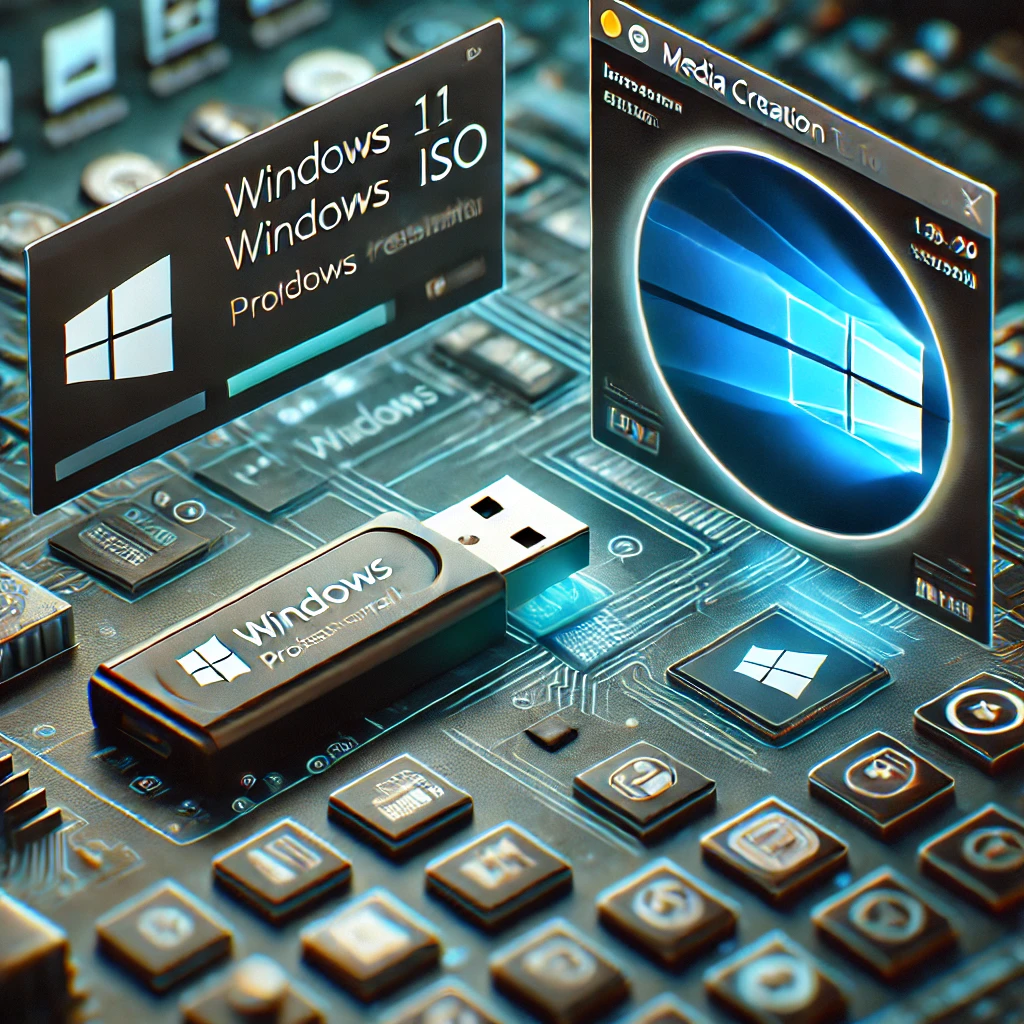
Creating a bootable USB for Windows 11 Professional can be extremely helpful for reinstalling your operating system or troubleshooting your computer. In this guide, we’ll walk you through the process of creating a bootable USB using a Windows 11 ISO file, which can then be used for installing or repairing Windows 11 Professional.
What You’ll Need
- A USB Flash Drive: At least 8GB of free space. All data on the drive will be erased during the process.
- A Computer: You will need an active computer to create the bootable USB drive.
- Windows 11 ISO File: You can download the official Windows 11 ISO file from Microsoft’s website.
- A Tool to Create the Bootable USB: The easiest method for creating a bootable USB is by using Microsoft’s Media Creation Tool or third-party software like Rufus.
Step 1: Download the Windows 11 ISO File
To begin, you’ll need the Windows 11 ISO file for installation:
- Go to the official Microsoft Windows 11 download page.
- Scroll down to the “Create Windows 11 Installation Media” section and click Download Now to get the Media Creation Tool.
- Alternatively, you can download the ISO file directly by selecting the “Download Windows 11 Disk Image (ISO)” option.
- If you choose the direct ISO method, select Windows 11 (multi-edition), click Confirm, choose your language, and click Confirm again to download the ISO file.
Step 2: Format the USB Drive
Before you can make the USB drive bootable, you must format it:
- Insert your USB flash drive into the computer.
- Open File Explorer (Windows) or Disk Utility (macOS).
- In Windows, right-click on the USB drive and select Format.
- Choose FAT32 (or exFAT if the drive is larger than 32GB) as the file system.
- Check Quick Format and click Start to begin the formatting process. Be aware that this will erase all data on the USB drive.
Step 3: Create the Bootable USB
Option 1: Using the Media Creation Tool
- Run the Media Creation Tool that you downloaded earlier.
- Accept the license terms, and then select Create installation media (USB flash drive, DVD, or ISO file) for another PC and click Next.
- Choose the language and edition of Windows 11 (make sure it matches your version of Windows 11 Professional).
- Select USB flash drive and click Next.
- Choose your USB drive from the list and click Next.
- The tool will begin downloading the necessary files and create the bootable USB. Once complete, click Finish.
Option 2: Using Rufus (For Advanced Users)
- Download and install Rufus.
- Open Rufus and select your USB drive from the Device drop-down menu.
- Under Boot selection, click SELECT and browse to the Windows 11 ISO file you downloaded.
- Set the Partition Scheme to GPT (for UEFI systems) or MBR (for older BIOS systems).
- Leave the File System as FAT32.
- Click Start, and Rufus will warn you that all data on the USB will be erased. Click OK to continue.
- Wait for the process to complete. Rufus will create a bootable USB with Windows 11 Professional.
Step 4: Boot From the USB Drive
Once your USB drive is ready, you can boot from it to install or repair Windows 11:
- Insert the bootable USB drive into the target computer.
- Restart the computer and press the appropriate key (usually F2, F12, Esc, or Delete) to enter the BIOS or UEFI settings.
- In the BIOS or UEFI, locate the Boot Order settings and set the USB drive as the first boot device.
- Save the changes and exit the BIOS. The computer will restart, and the Windows 11 installation screen will appear.
- Follow the on-screen prompts to install or repair Windows 11 Professional.
Conclusion
Creating a bootable USB for Windows 11 Professional is an important task that can help you recover from system failures, reinstall Windows, or perform repairs. Whether using the Media Creation Tool or Rufus, the process is straightforward and quick. By following these steps, you’ll have a bootable USB drive ready to use whenever you need it.
